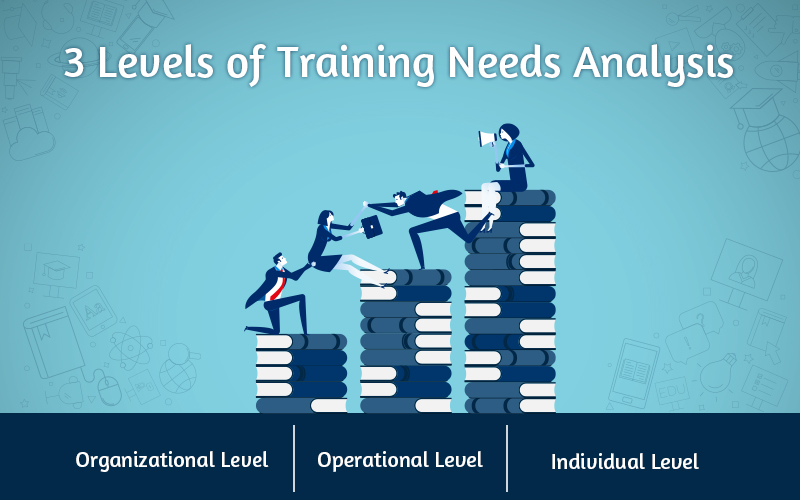6 Classroom Training Challenges Solved by Online Training

You just attended an interesting classroom training program at office. The instructor did a great job of conveying the concepts and you thought you had mastered it all. But 3 days post the training, you struggle to recollect what you’ve learned. How you wish you could replay an important concept taught by the instructor. Thankfully, technology-enabled training programs have made this possible.
Training that was once restricted to a classroom is now available online in the form of e-learning or m-learning courses. Learners have the choice to access these training programs whenever they want, and they also have the option to replay sections of the course when they are looking for just-in-time information. Many of the challenges faced in classroom training programs are addressed effectively by online training programs. Read on to know more about 6 training challenges with classroom training that have been solved by online training programs.
Challenge 1: Unavailable on Demand
Classroom training programs cannot be scheduled at short notice. Organizations need to plan ahead by at least a couple of weeks in order to host a classroom training program. Not to forget the costs involved in arranging for an instructor. Each time a set of learners needs to go through the training program, preparation needs to be made well in advance.
Technology-enabled training programs have brought about a phenomenal shift in the learning culture of corporate companies. E-learning courses are a one-time investment. Once hosted on the LMS, they can be accessed by any number of employees, anytime, anywhere.
Challenge 2: Long Duration
There is every possibility of a classroom training program being long and drawn out as there is so much of knowledge that needs to be imparted to the participants. Often, a lot of information is crammed into classroom training programs that last for a day or two. The instructor might do a great job, but it is not possible for learners to retain all that information.
With e-learning courses, information is chunked into logical segments. Instead of delivering a lot of content to the employee at one go, courses are segregated on different levels of complexity.
Challenge 3: Rigid Schedules
Classroom training programs follow a rigid schedule. The instructor has set learning objectives to cover and is time bound. Haven’t you wished that you could pause an instructor-led session and continue some time later, especially when there is a download of heavy information?
With online training programs, pausing the training program becomes a reality. If you feel that you can only take in so much information at a time, all you do is pause the course and play it at a later time. The learner is king in an online training program as he/she makes the choice in the learning process.
Challenge 4: Cannot Provide Performance Support
In a classroom environment, it becomes difficult to provide learners an opportunity to work on real-life work scenarios. Imagine the hassle of arranging a classroom training program in diverse locations, in different languages.
One of our clients, an Australian packaging giant wanted to train its workforce on a new Human Resource Information System (HRIS). The training had to be imparted in English, and 9 other International languages. Employees had to be quickly upskilled on using this tool.
This would not have been possible through a classroom training program. Even if learners had an opportunity to use the software during the classroom training program, there was no way they could replicate all the steps to be followed when they actually start using the tool.
We used videos and online job-aids to address this challenge. Our smart Electronic Performance Support System (EPSS) made it easy for learners to refer to the videos as and when required. In this case, online training made it possible for learners to work on the HRIS without any hitch.
Challenge 5: Training Learners in Diverse Geographical Locations
As a training manager, imagine if you had to train employees in diverse locations. What’s more, the training has to be imparted in the native languages. This is certainly a huge challenge in classroom training programs.
One of our clients, a global leader in automobile manufacturing faced a similar problem. The company wanted to train its employees on their new fleet of vehicles and customer service processes. The client also wanted the training in multiple languages.
We designed an e-learning course and translated it into 17 different languages. The switch to e-learning certainly makes it easier to roll out multilingual training programs.
Challenge 6: Updates to Training Content
Classroom training programs are primarily dependent on the instructor. If changes need to be made to the training content that is delivered, the instructor needs adequate time to think of strategies to teach the new piece of content.
With an online training program, content updates are a breeze. The training manager can update the content or outsource it to their e-learning partner, and the training program is updated without any hassle.
If your organization has moved from classroom training to online training programs, do share your comments on how effective the switch has been, and the benefits that it has brought to the organization.





